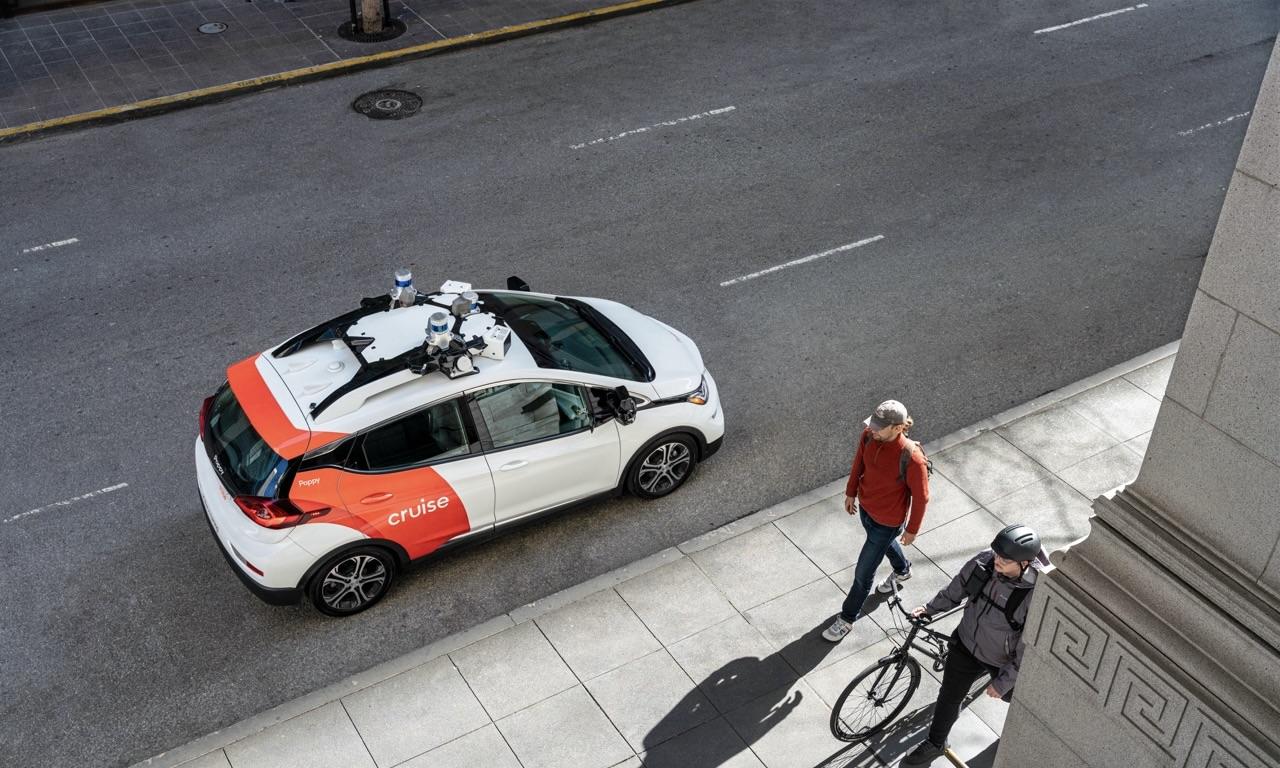The California Department of Motor Vehicles (DMV) has suspended General Motors' Cruise autonomous vehicle deployment and driverless testing permits. This decision comes after the regulator found that General Motors (GM) had misrepresented information about the safety of the autonomous technology.
The DMV stated that Cruise's autonomous vehicles posed an unreasonable risk to public safety and are considered unsafe for operation by the public, according to Reuters.
Major Setback to GM's Self-Driving Technology Unit
The New York Post noted that suspending Cruise's permits significantly setback GM's self-driving technology unit and the emerging autonomous vehicle (AV) industry. This action was prompted by a series of accidents involving Cruise vehicles, leading to concerns about the safety of their technology.
However, this suspension does not affect the company's permit for testing with a safety driver, allowing them to continue evaluating their AVs under controlled conditions.
GM has previously emphasized that Cruise represents a massive growth opportunity. GM CEO Mary Barra has forecasted that Cruise could generate $50 billion in annual revenue by 2030.
Despite the recent setback, GM remains committed to this ambitious target. However, the automaker reported a significant loss of $723 million on Cruise during the third quarter, highlighting the financial strain caused by the suspension and related challenges.
The Autonomous Vehicle Industry Faces Regulatory Scrutiny
The California DMV's decision to suspend GM's Cruise permits reflects the growing public and regulatory scrutiny surrounding autonomous vehicles. U.S. auto safety regulators recently investigated whether Cruise is taking sufficient precautions to safeguard pedestrians with its autonomous robotaxis.
Concerning incidents involving Cruise vehicles led to a request from the regulator for half of the robotaxis to be taken off the roads earlier this year.
The regulator's investigation stems from multiple incidents involving Cruise vehicles operating in San Francisco. In August, a Cruise robotaxi collided with an emergency vehicle, raising questions about the safety of autonomous vehicles.
Additionally, the DMV reviewed a recent incident in which a Cruise AV struck a pedestrian. Cruise stated that a hit-and-run driver had initially hit the pedestrian before being propelled into the AV's path.
Safety Records of Autonomous Vehicles
GM CEO Mary Barra has defended the safety of Cruise's robotaxis, claiming that they have better safety records than human drivers. However, the recent incidents have cast doubt on these assertions. The National Highway Traffic Safety Administration (NHTSA) has received reports of incidents involving Cruise vehicles causing injuries to pedestrians, raising concerns about the safety precautions taken by the company.
"When the AV tried to pull over, it continued before coming to a final stop, pulling the pedestrian forward," the company said.
"Our teams are currently doing an analysis to identify potential enhancements to the AV's response to this kind of extremely rare event," it added.
Photo: Get Cruise Media Resources



 US Charges Two Men in Alleged Nvidia Chip Smuggling Scheme to China
US Charges Two Men in Alleged Nvidia Chip Smuggling Scheme to China  IBM Nears $11 Billion Deal to Acquire Confluent in Major AI and Data Push
IBM Nears $11 Billion Deal to Acquire Confluent in Major AI and Data Push  Adobe Strengthens AI Strategy Ahead of Q4 Earnings, Says Stifel
Adobe Strengthens AI Strategy Ahead of Q4 Earnings, Says Stifel  Australia’s National Storage REIT Accepts A$4 Billion Takeover Offer from Brookfield-Backed Consortium
Australia’s National Storage REIT Accepts A$4 Billion Takeover Offer from Brookfield-Backed Consortium  Ben & Jerry’s Board Chair Rejects Unilever Pressure Ahead of Magnum Spinoff
Ben & Jerry’s Board Chair Rejects Unilever Pressure Ahead of Magnum Spinoff  Microsoft Unveils Massive Global AI Investments, Prioritizing India’s Rapidly Growing Digital Market
Microsoft Unveils Massive Global AI Investments, Prioritizing India’s Rapidly Growing Digital Market  Disney Nominates Former Apple COO Jeff Williams to Join Its Expanding Board
Disney Nominates Former Apple COO Jeff Williams to Join Its Expanding Board  Robinhood Expands into Indonesia with Strategic Crypto and Brokerage Acquisitions
Robinhood Expands into Indonesia with Strategic Crypto and Brokerage Acquisitions  U.S. Greenlights Nvidia H200 Chip Exports to China With 25% Fee
U.S. Greenlights Nvidia H200 Chip Exports to China With 25% Fee  China Adds Domestic AI Chips to Government Procurement List as U.S. Considers Easing Nvidia Export Curbs
China Adds Domestic AI Chips to Government Procurement List as U.S. Considers Easing Nvidia Export Curbs  China to Add Eli Lilly’s Mounjaro to National Health Insurance in 2025
China to Add Eli Lilly’s Mounjaro to National Health Insurance in 2025  BHP Secures $2 Billion Investment from BlackRock’s GIP to Boost WAIO Power Network
BHP Secures $2 Billion Investment from BlackRock’s GIP to Boost WAIO Power Network  Trump Criticizes EU’s €120 Million Fine on Elon Musk’s X Platform
Trump Criticizes EU’s €120 Million Fine on Elon Musk’s X Platform  Malaysia Airlines Ordered to Compensate Families of MH370 Passengers
Malaysia Airlines Ordered to Compensate Families of MH370 Passengers  Morgan Stanley Downgrades Tesla as AI Growth Expectations Rise
Morgan Stanley Downgrades Tesla as AI Growth Expectations Rise  Trump–Kushner Links Raise Concerns as Paramount Pushes $108B Warner Bros Discovery Bid
Trump–Kushner Links Raise Concerns as Paramount Pushes $108B Warner Bros Discovery Bid  CVS Health Signals Strong 2026 Profit Outlook Amid Turnaround Progress
CVS Health Signals Strong 2026 Profit Outlook Amid Turnaround Progress 





























